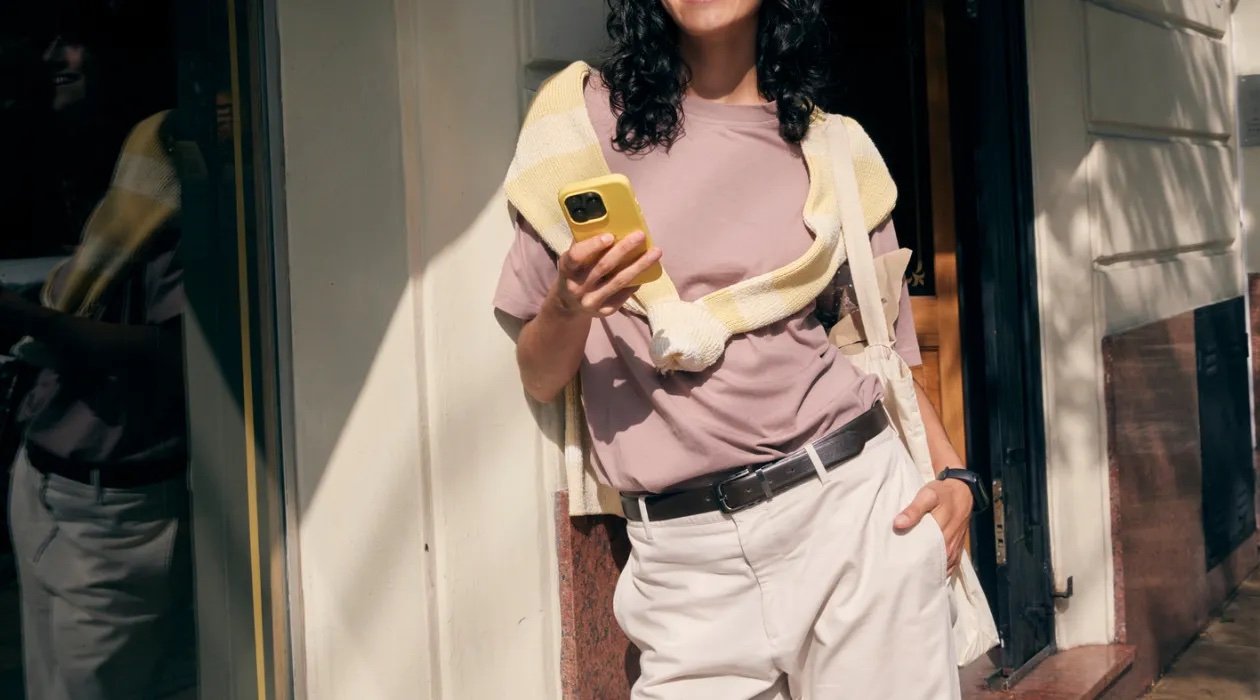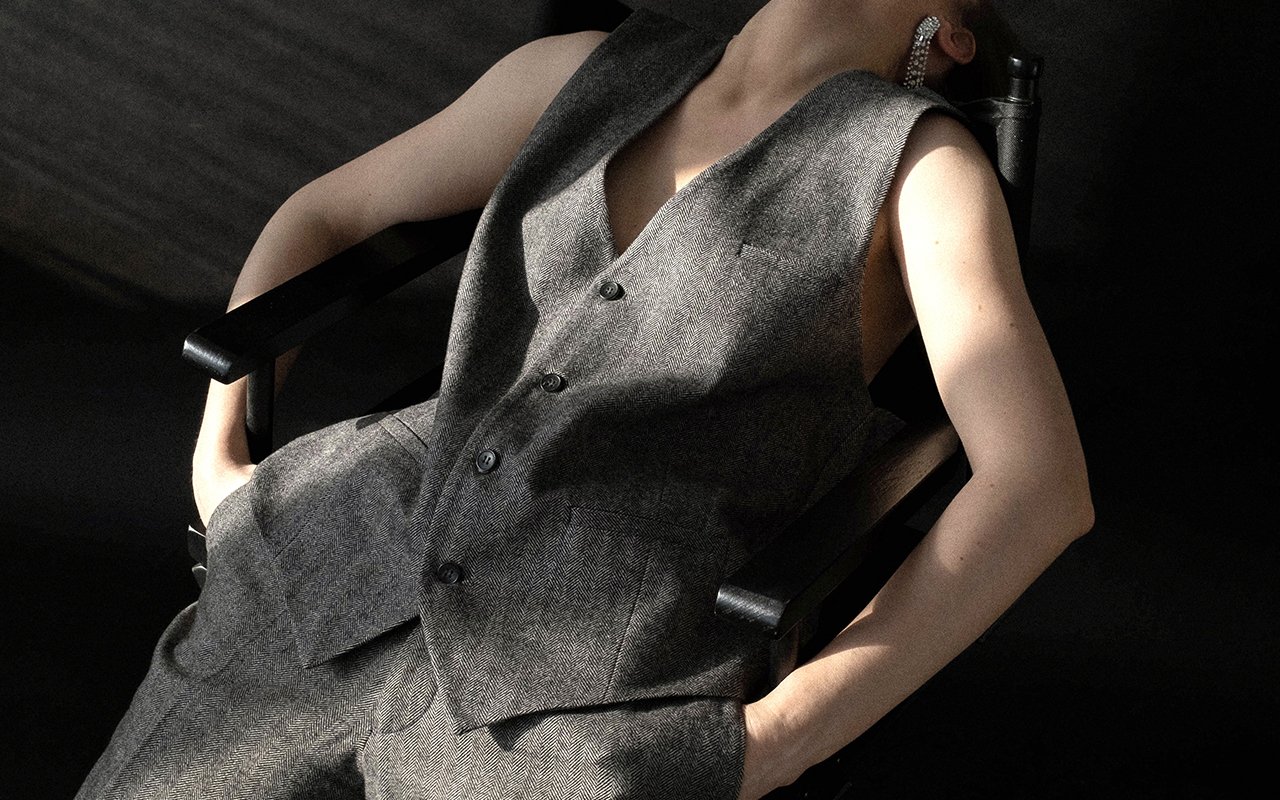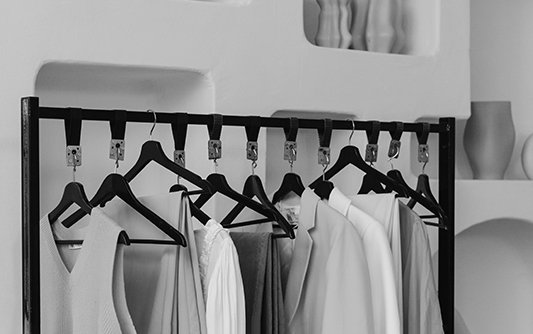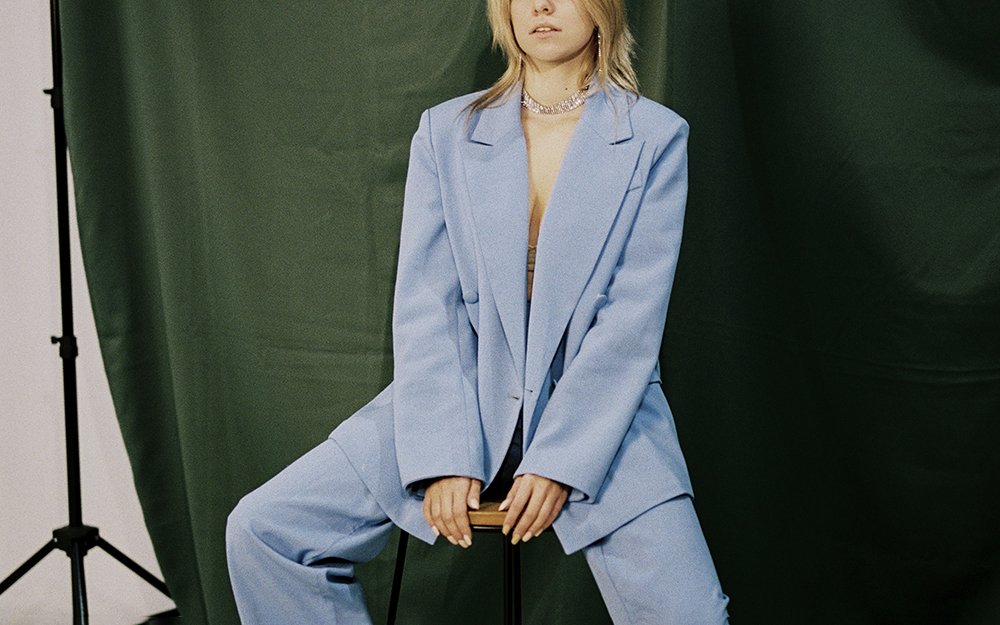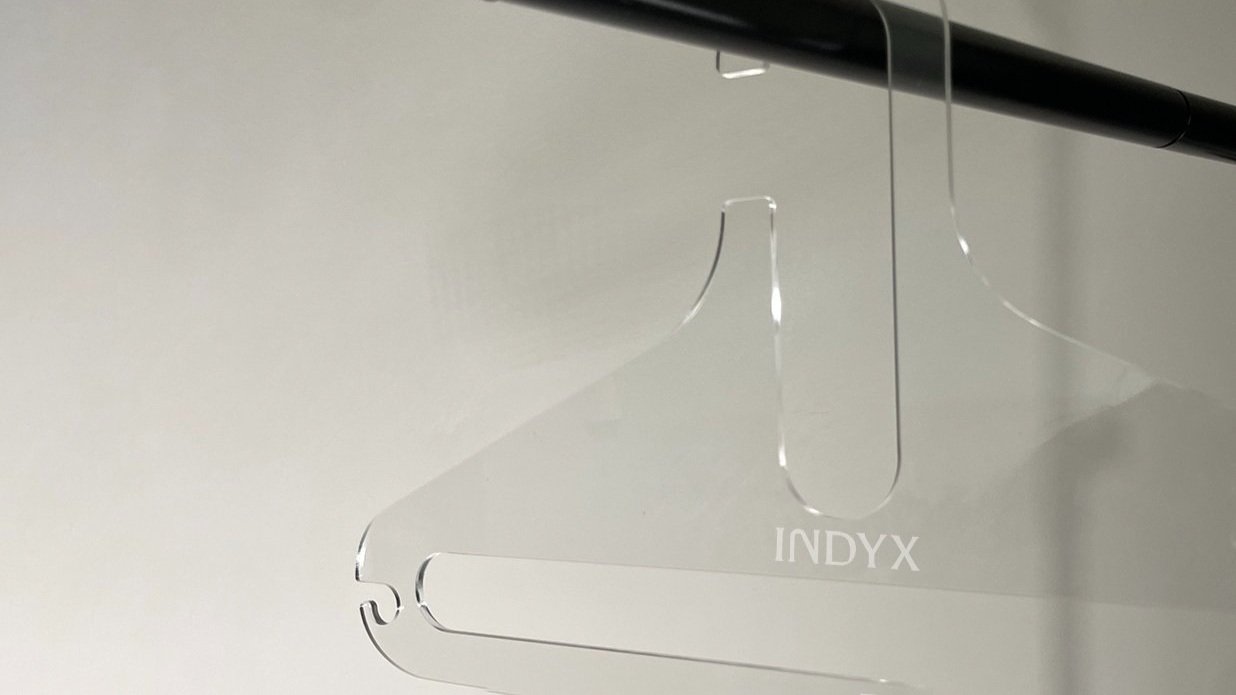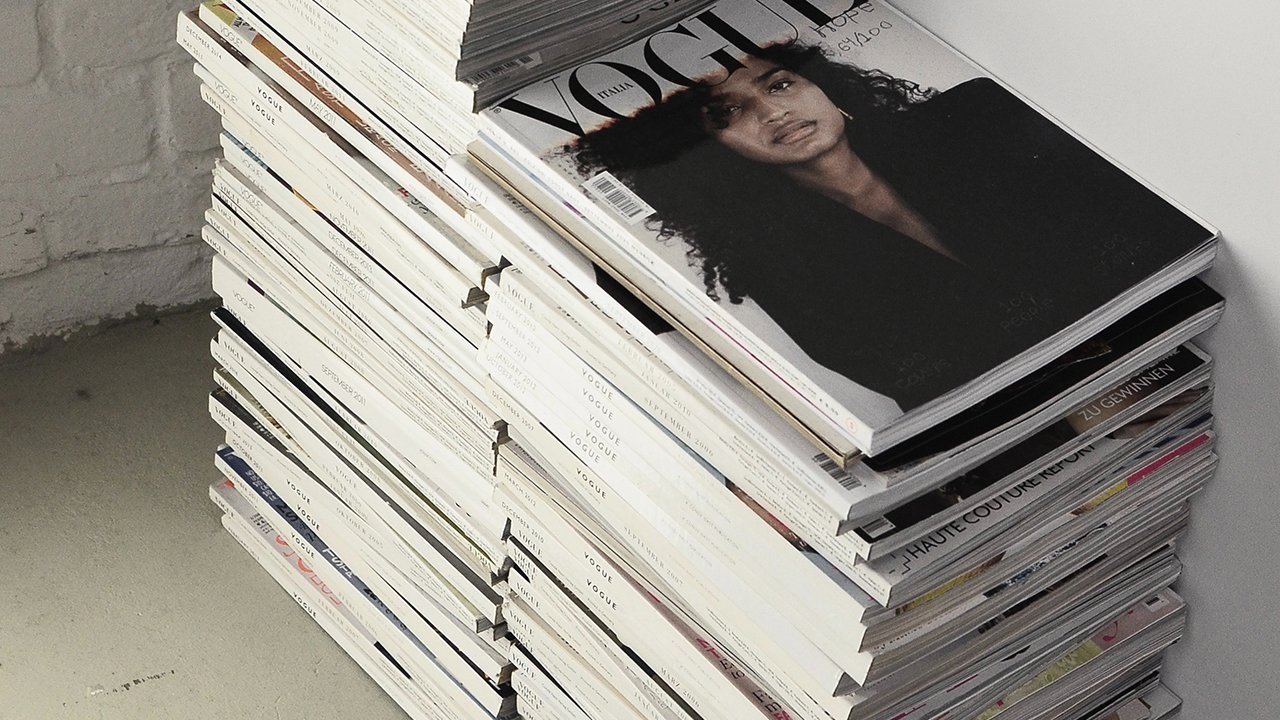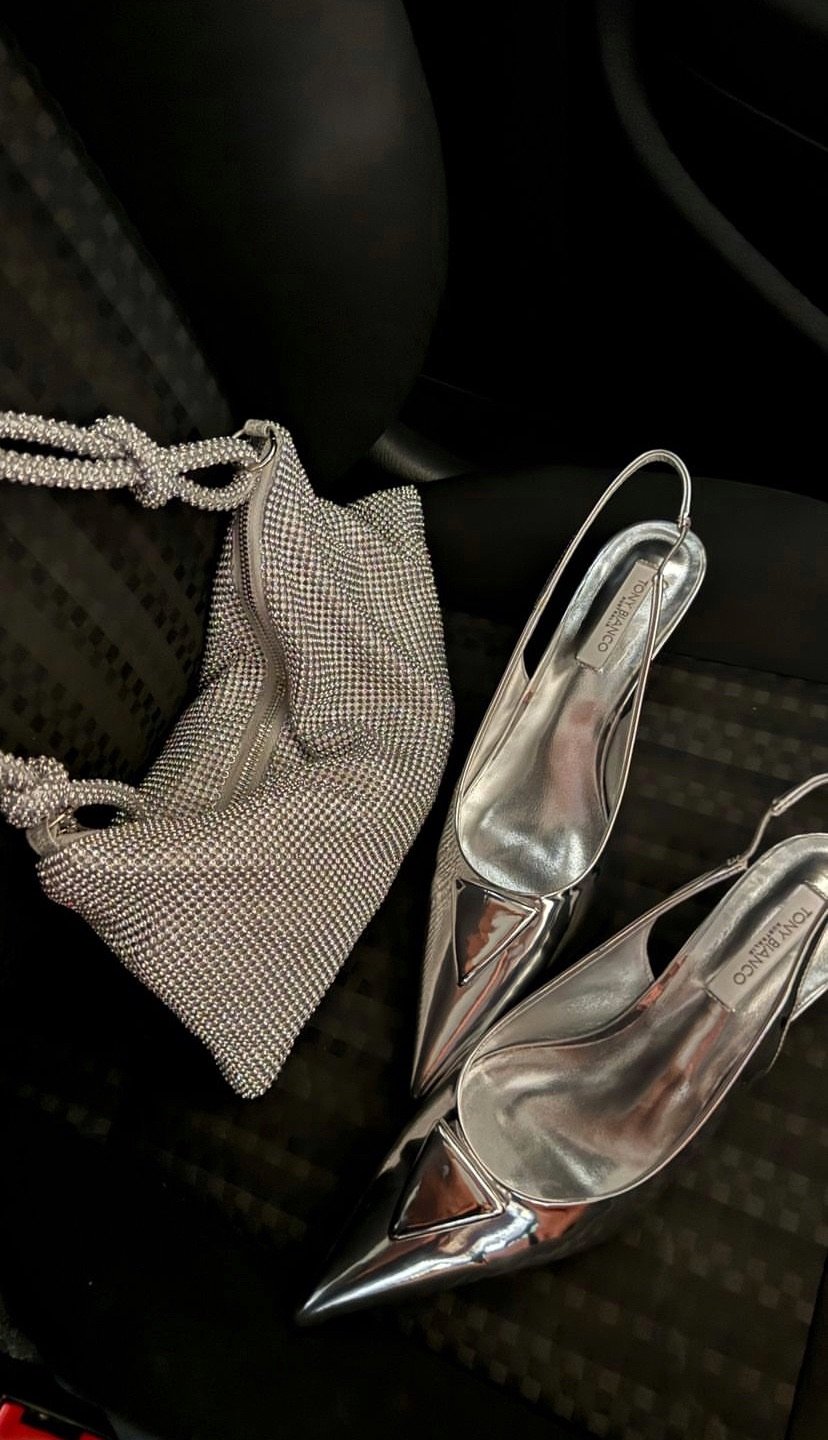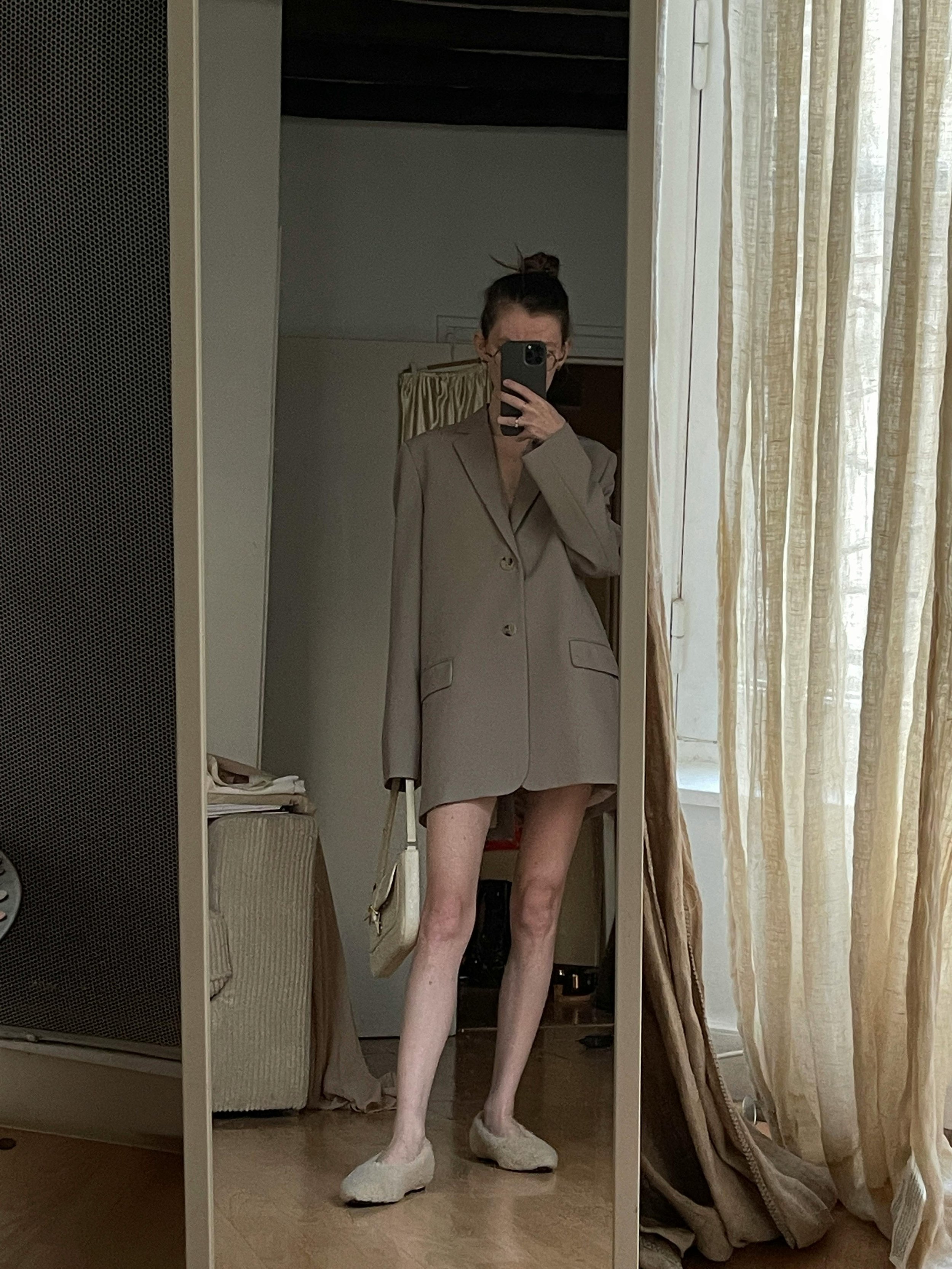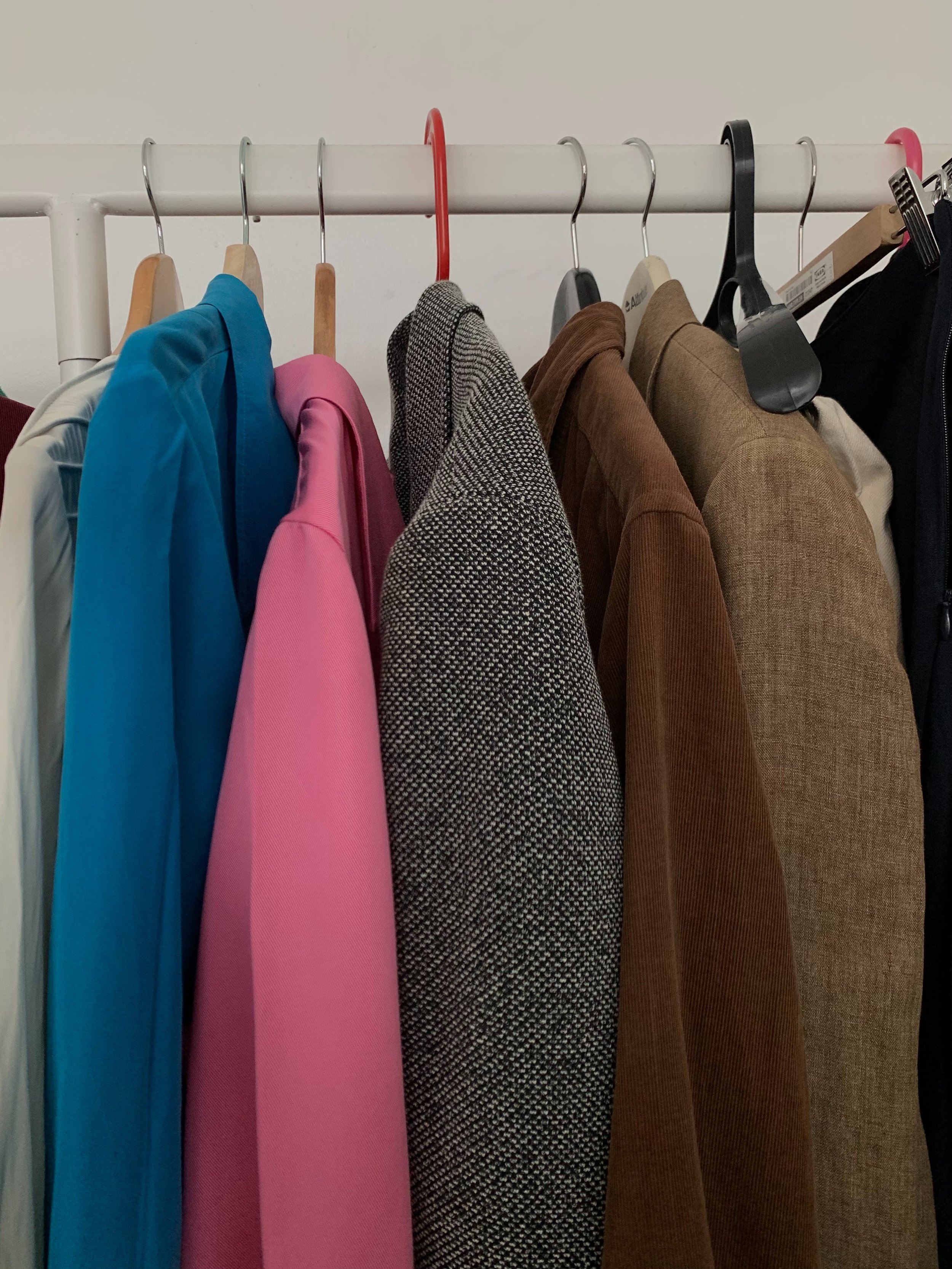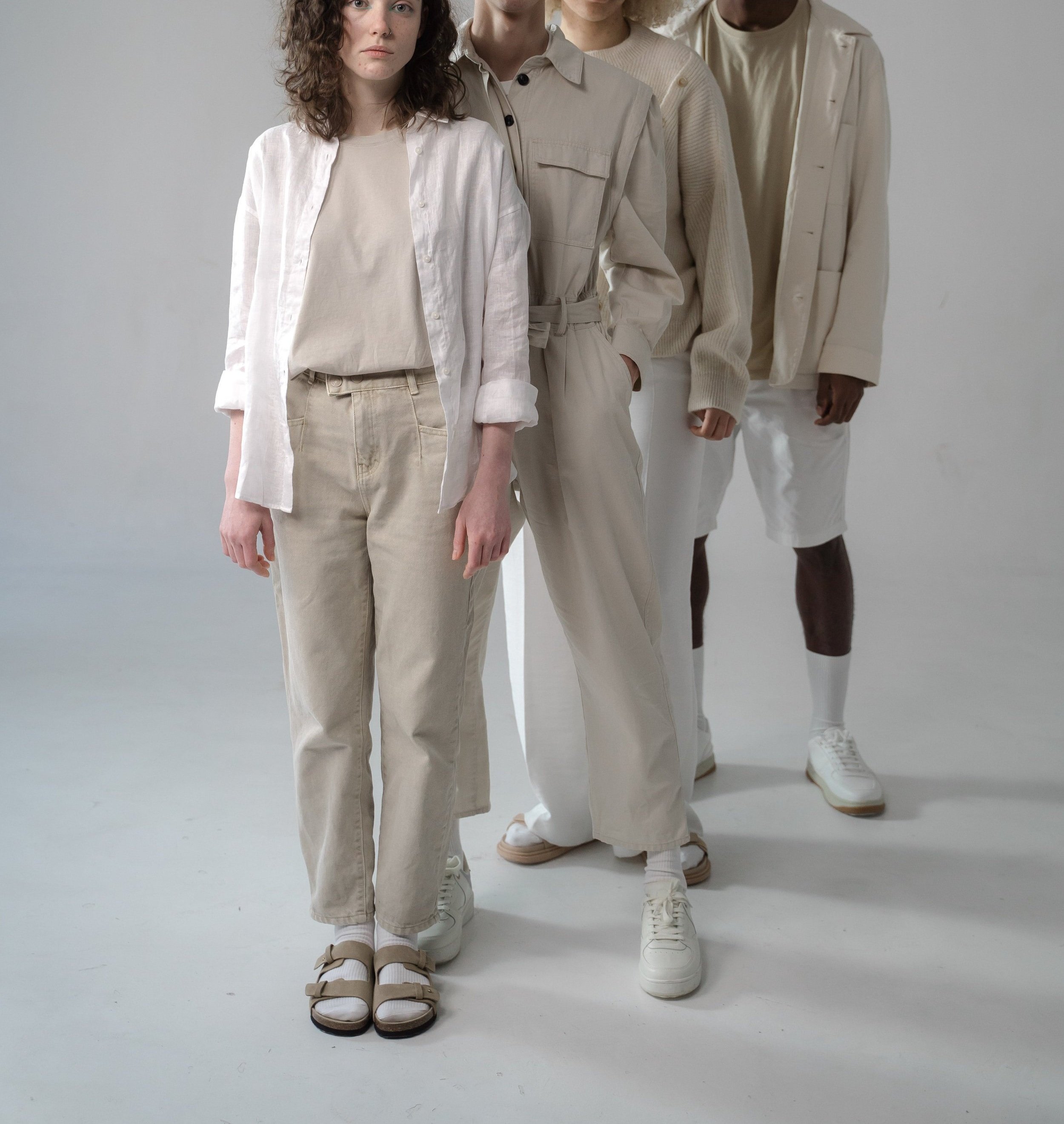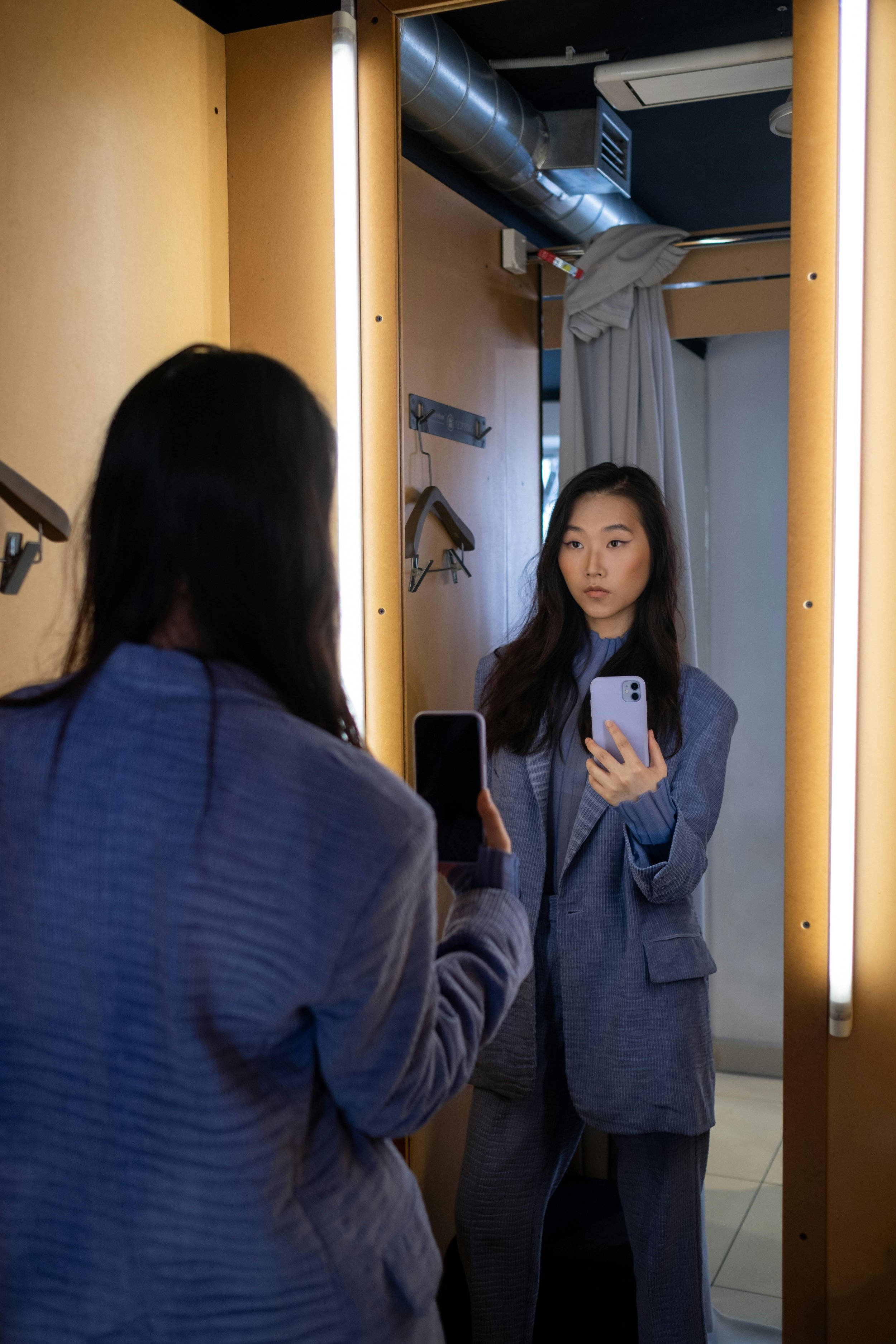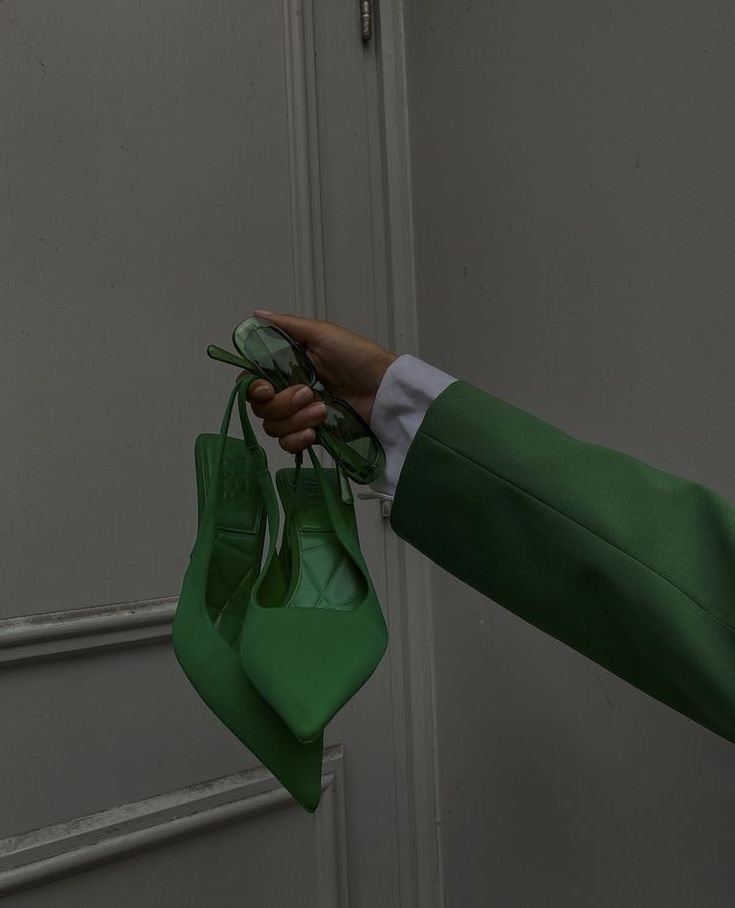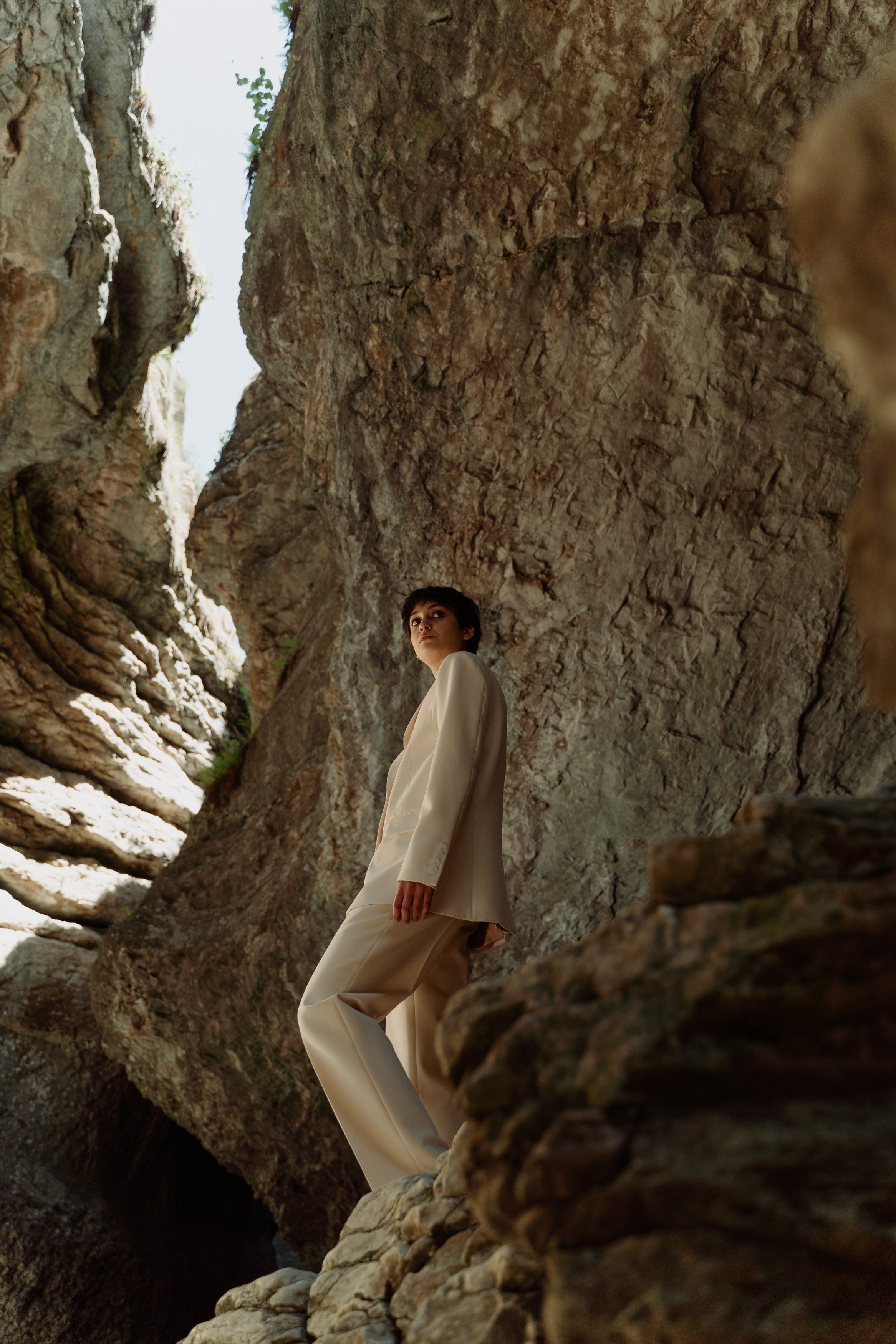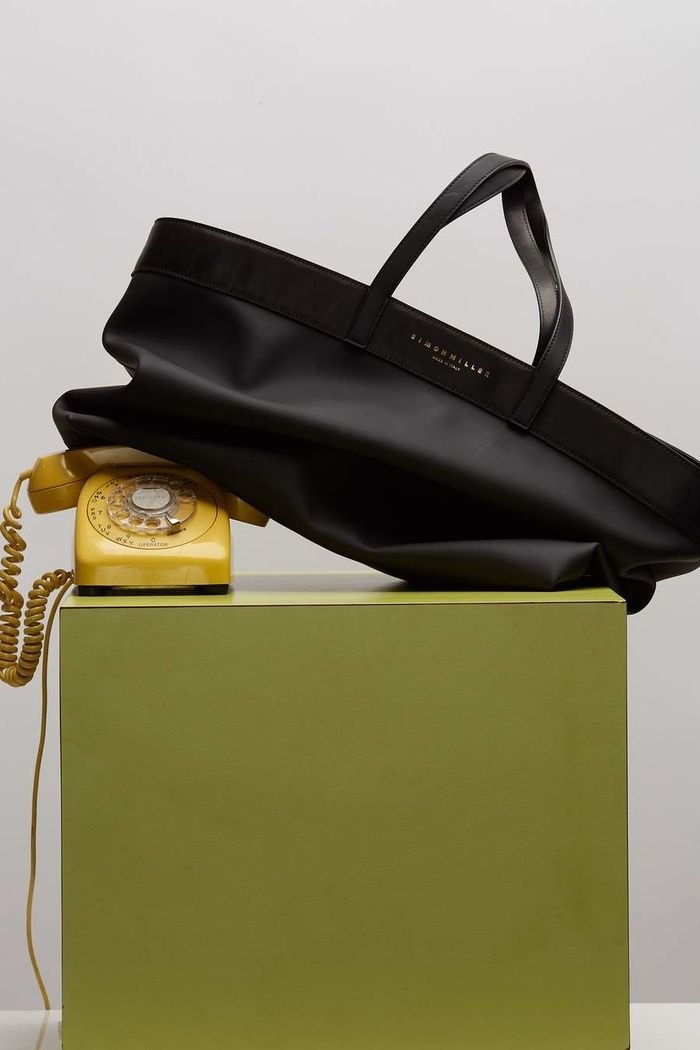How A Digital Wardrobe Changed My Life
This September officially marks 5 years since I started using a digital wardrobe.
As I was reflecting on this milestone, I came to a realization. After managing my wardrobe this way for so long, I hardly remember what it was like to get dressed without it!
Like do people just…walk into their closet every morning without any idea in their head of what to do!? Surely many (if not most!) people do. But it’s funny that I’ve come to the place where the completely common, default way of doing things feels so utterly foreign. My digital wardrobe has so completely changed my life that I can’t imagine doing things any other way!
I figured that was worth pausing on. What are the things I do on Indyx that have changed my (fashion) life for the better? They might feel second nature to me now, but looking back on the last 5 years, I can say that they have revolutionized my style and my closet. For the better, of course!
1. Visualize new purchases before buying
I can’t emphasize this enough: Indyx has become a critical part of the process for every new purchase I make.
My memory is hazy as to how I did things in the “before times”, but I recall it being mostly a vibes-based approach. Each new purchase was evaluated individually: “Do I like this top?”. Yes/No. “Does it fit me?” Yes/No. That’s it. There was no framework for how this new piece fit into a larger whole. But we live life in items, not outfits, so of course there is a larger context that each new piece becomes a part of the moment it goes on a hanger in your closet.
I’ve learned that there are many, many tops that I might like in theory. Maybe even an infinite supply! But many, many fewer tops work in the context of my actual closet. Skipping the step of evaluating the new item in the context of my closet was setting myself up for failure.
Now, as I narrow in on a potential purchase, I’ll upload that item to Indyx before I buy it. I first look at it visually: does it match the vibe of the rest of my closet? Does it add to the sense of careful curation, or detract from it?
Next, I’ll drop that item into a few of my saved outfits. Which types of outfits does it look good with? Which does it not work so well with? This helps me understand the parameters of the new piece as a potential tool.
I also notice how often and under which circumstances I would choose to swap in the new item for the old item of the same type in that outfit.
As an example of a time where this went “wrong”: I have a chunky navy 100% wool cardigan that I love. I wear it often and it’s one of the lowest CPW items in my closet. I saw that the same cardigan in cream went on sale. 70% off. It’s a no-brainer, right!? I added that cream cardigan to my digital closet and started dropping it into the outfits where I had already styled the navy one.
And you know what? I realized that I would still choose the navy cardigan in those outfits every. single. time. Did I like the outfits with the new cream cardigan? Sure, they were nice. But, it wasn’t opening up any truly new outfitting options. It was the same outfit, just with a cream cardigan instead of a navy one. And I preferred the option with the navy! I was proud to confidently say “no thanks” to the chunky cream cardigan that *seemed* like a good option but that I now realized didn’t add any actual optionality.
Finally, I’ll work on saving some brand-new outfits with that new item. The first test? If you’re not EXCITED to do this, then you’re not truly excited to own the item. You’re in love with the idea of the piece but not the reality of having it in your closet. So, this step should feel like a joy, not a chore. At least three, if not five or more new outfits should flow right out of you.
Take a step back: do you like those outfits? It sounds like a silly question, but it’s important. Would you be excited to wear them? Do they take your style in the direction you want to go?
If that new piece passes all these tests, I buy it. Many items fail. That’s the point! At least half the battle in developing personal style is figuring out what to say “no” to. Your digital wardrobe is the perfect tool to work through step-by-step exactly why a new piece would or wouldn’t work for you.
Side note: this might be *too* digital wardrobe-brained, but I’ll be real. If I’m buying it new and the item doesn’t have a professional flatlay image available, that alone constitutes a reason for me NOT to buy. The case needs to be compelling otherwise to override that. Again, there are SO many things out in the world you could say “yes” to…sometimes it’s okay to have a somewhat silly reason to say “no”.
2. Gamify my closet
Okay! I’ve just written what could be an entire blog post on its own about how I use my digital wardrobe to figure out what to add to my closet. Let’s talk about what I do once I own those pieces.
The reason I first digitized my wardrobe 5 years ago was because I was sensing an incoming wave of cost-per-wear-based marketing. Brands were all hopping on the train of telling us that THEIR “elevated essentials” (notably: theirs alone!) were all incredible “wardrobe investments”. Sure, they might feel a little pricey upfront. But, buying them is actually the smart (!) move as the CPW will be so super low after years of wearing them (and, please don’t try to square this idea with the fact that we’re pushing a new MUST-HAVE “elevated essential” nearly every single week).
I’m a data girl at heart and I wanted to know firsthand whether the idea of cost-per-wear (CPW) *really* panned out or whether it was just another marketing ploy.
The verdict on that question certainly deserves its own dedicated post. For this article, suffice it to say: the idea of CPW became highly motivating to me. Not just passively tracking it, but actively working to lower it.
I think humans in general are pretty goal-oriented. We fundamentally like taking action toward a specific outcome. Before I had CPW, there wasn’t a goal to work toward within my closet. The only action I felt I could take toward a fashion goal was buying a new piece that would (theoretically) bring me closer to my ideal style. The idea of lowering cost-per-wear introduces a super specific, measurable goal that rewards wearing your closet. It was the unlock to making wearing my clothes…fun!
So, CPW has become central to how I navigate my closet and come up with new ideas.
What am I going to wear tomorrow? I’ll sort my closet by CPW, pick an item that has a higher-than-I’d-like CPW, check out what outfits I have saved with that item, and assign it to tomorrow’s date on the calendar. Done! I just figured out what to wear and lowered my cost-per-wear all-in-one fell swoop.
Above: noticing my navy scarf and suede skirt are higher-CPW items in my closet, I styled a new outfit with both and put that bad boy on the calendar right away!
3. Interrupt my doom scroll
We’re all familiar with the idea of the “doom scroll”, right? Basically: the introduction of the infinite scroll on social media apps has changed our brain chemistry. Between that ‘innovation’ and the phenomenon of dual-screening (e.g., watching TV and being on your phone simultaneously), it is SO EASY to get locked into an endless scroll of stuff. Stuff that may not be all that particularly great for your mental health.
I experience a specific version of the doom scroll that feels like a desire scroll to me. I might be scrolling videos on TikTok (which, is effectively a mall these days anyway). Or, I might be simply scrolling my own Pinterest wishlist. I’ll get the overwhelming urge to BUY. I don’t even really know what I want. But those inputs are making me feel less than, triggering my desire to acquire.
Every time I recognize that I’m feeling this way, I swap over to the Indyx app. I’ll start playing with new outfit combos and immediately feel more fulfilled and creative. The next 30 minutes fly by, EASY!
I look up, and my whole mood is changed. I no longer feel like I *need* to buy something. As an added benefit, I’ve got my whole next week planned with brand-new outfits. Win-win-win.
4. Avoid my “lazy outfit days”
I’ve already covered how I can hardly imagine how folks get dressed in the morning without their outfit planned in a wardrobe app. I know what happens to me when I haven’t already got an outfit on the calendar: I default to a “lazy outfit”. It’s basically whatever is comfortable and close at hand, usually a t-shirt and a pair of leggings.
It’s not inspiring. It’s not helping me lower my cost-per-wear. It’s not even how I *want* to feel!
It’s simply that figuring out a real outfit is too mentally taxing to tackle first thing in the morning with the pressure of right now. What other task blocks you from getting on with any other part of your day until you accomplish it? Without a tool to help, it makes complete sense why so many people (myself included!) default to the easiest option, even if that easy option doesn’t make you happy in any other way.
I fear that without Indyx, my “style” would consist entirely of t-shirt and leggings. If that’s your reality right now, I want you to hear that you DO have something else in you! It’s not a moral failing that you’re struggling to break out of this box and you don’t have to just “try harder” in the morning. What you need is a tool that captures your creativity when it IS flowing, so that it’s ready for you when you need it.
My digital wardrobe has changed my life in that it gives me a bank of pre-tested outfits that I can turn to instead of defaulting to my “lazy outfits”. Even better is when I manage to schedule my outfits to the calendar ahead of time, so all I have to do in the morning is check what I’ve already got picked out for the day.
At that moment, a great outfit feels just as easy to put on as a “lazy outfit”.
In retrospect, it feels completely silly that I would just *hope* that the perfect bolt of outfit inspiration would happen to strike every morning at 7:32 am.
5. Make closet editing easy
I used to approach closet editing similarly to how I shopped. I’d ask “do I like this item”? But once again, I was missing the larger context of my closet.
This might be one of those things that sounds crazy until you see it for yourself. But, I find the visual of my digital closet game-changing in understanding what needs to stay and what can go.
Sometimes, I’ll use the outfitting tricks described above to analyze whether I should keep an item or let it go. But most of the time…deep down I already know, just based on a simple wardrobe scroll. I can *see* what items aren’t fitting into the curation. They already stand out like a sore thumb.
Our new drag-and-drop feature has made this even easier to see. I’ve taken to organizing my closet into sections based on:
“Foundations”: the things that I feel 100% hang together, like a real curation. They feel so natural to my style and my closet that at least one piece if not multiple pieces make their way into every single outfit I wear. Every new piece I buy should fit in with my foundations
“Sort-ofs”: the things that throw off the curated visual of my foundations, but do serve some purpose right now. I might purge them if I was being SUPER tight about only having a proper “capsule wardrobe”. But they add something nice to some outfits, on some occasions. I like having them around more than I don’t, but I wouldn’t be super sad if I lost them, you know? Over time, I want the size of this group to shrink…but realistically, I’m not sure it will ever disappear
“Sells”: once things in my “sort-ofs” have lost their purpose and completely come out of any reasonable rotation, they move to sell. I tag them as “sold/donated” and take action on them as soon as is convenient
Above: my foundations (left) vs. sort-ofs (right). Do you see the difference? Well, at least I do.
Thinking about - and more importantly, visualizing - my closet in this way has been so super helpful in moving toward that “perfect” curation of items we all seek. I’ll reiterate: it’s been 5 years, and I’m still working on it! I’m not 100% sure that there is a perfect ending. But I’m positive that I’m better off than I would be without my digital wardrobe as a guide.
Ready to change your (fashion) life? Download the Indyx app for free on iOS or Android.
Devon is a co-founder of Indyx and currently leads Growth for the company from San Francisco. She enjoys admiring other people’s gardens and sleeping in with her French Bulldog, Reggie.















